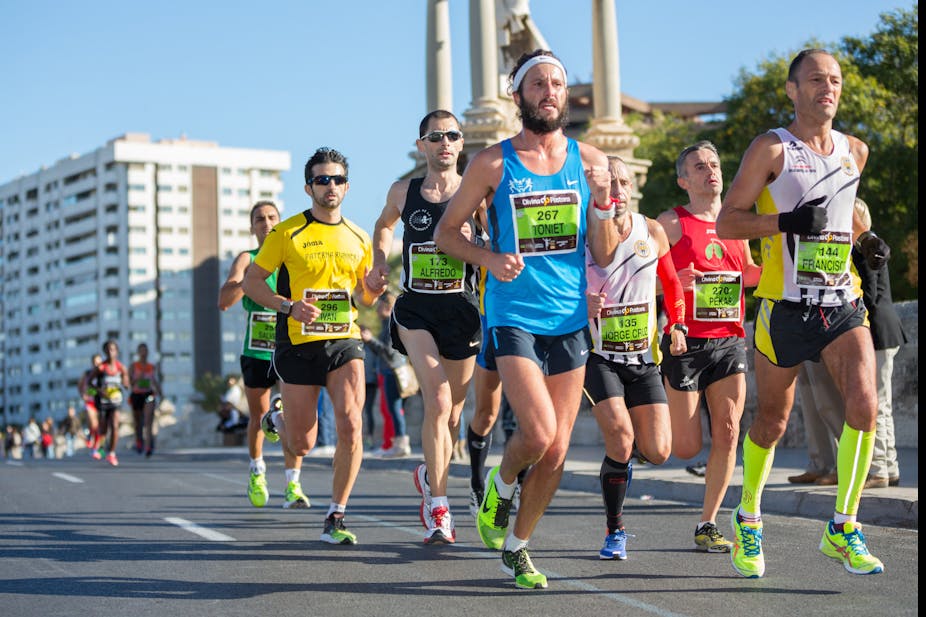Achieving Success in Your Fitness Journey
Embarking on a fitness journey is a deeply personal and transformative experience. It requires not only physical effort but mental resilience, discipline, and a well-structured plan. Success in fitness is not achieved overnight; it is a gradual process that demands consistency, a positive mindset, and a deep understanding of your body’s needs. While the road may seem long, the rewards—both physical and mental—are undeniable.

Defining Your Fitness Goals
Setting clear, measurable goals is the first step towards a successful fitness journey. Without a defined purpose, it becomes easy to lose motivation or become overwhelmed by the process. Fitness goals vary from person to person—some may aim for weight loss, while others seek muscle gain, improved endurance, or overall health.
SMART Goals: A Blueprint for Success
One of the most effective ways to set fitness goals is by following the SMART framework: Specific, Measurable, Achievable, Relevant, and Time-bound.
- Specific:

